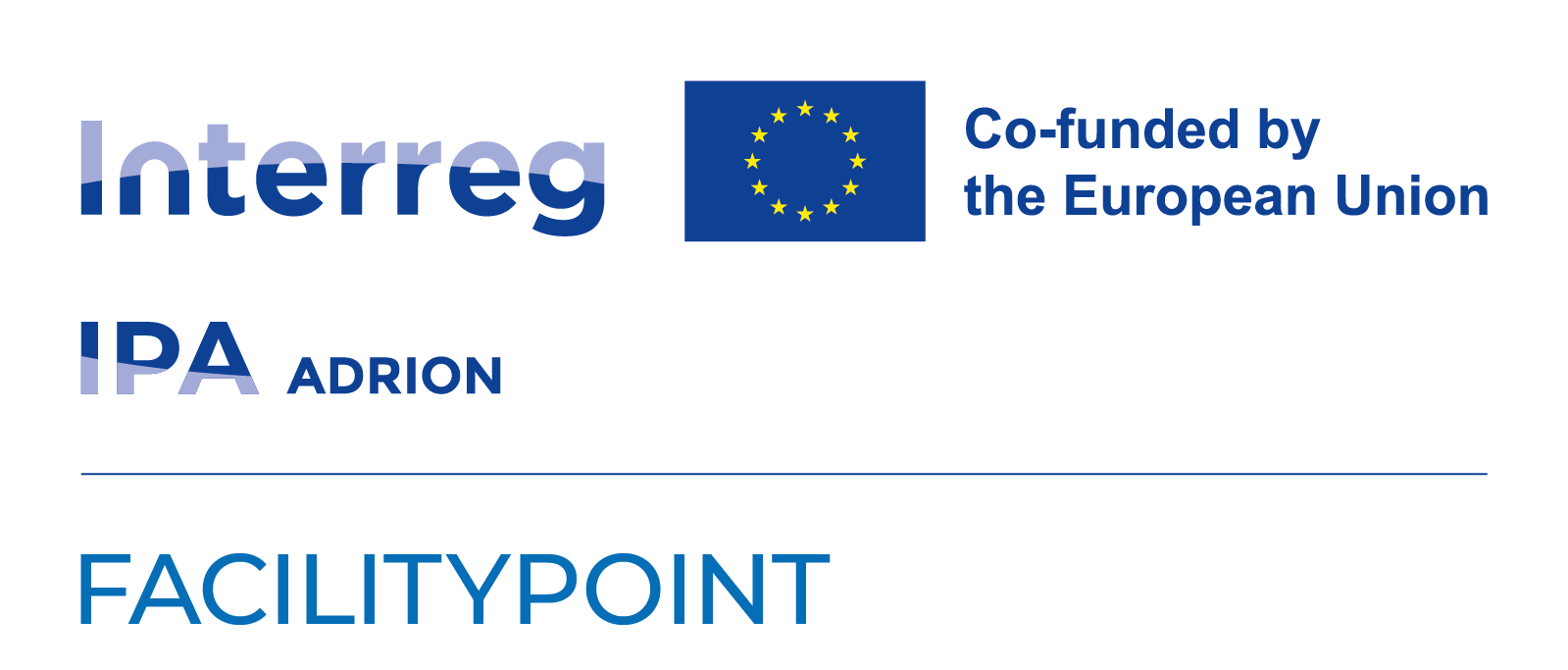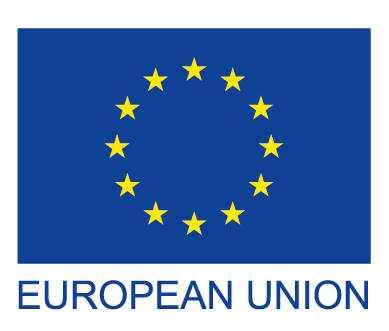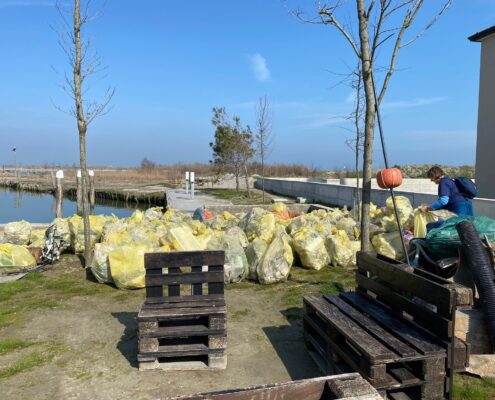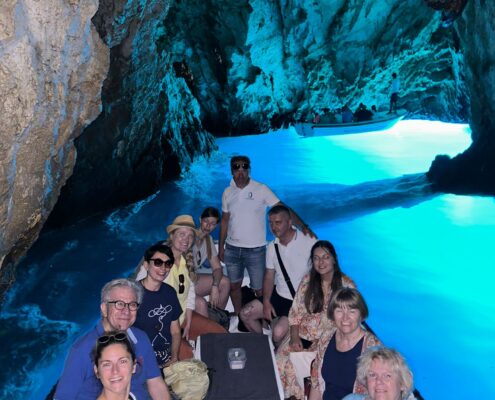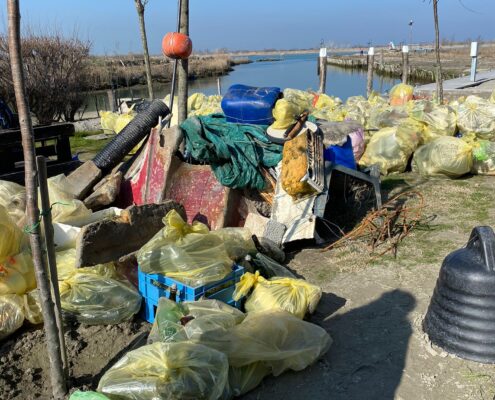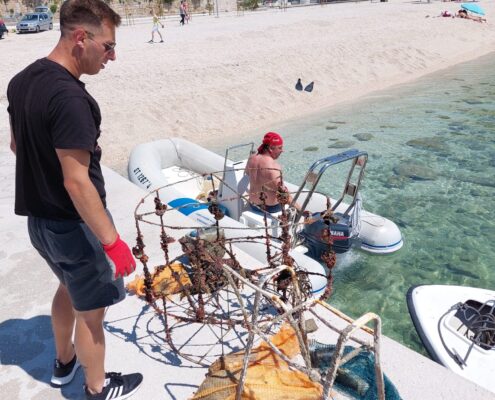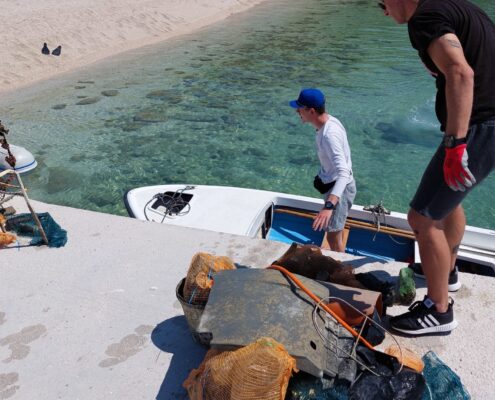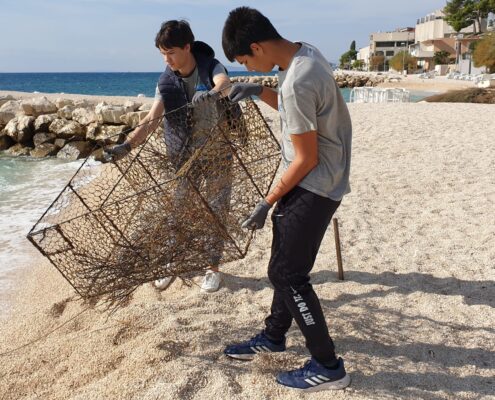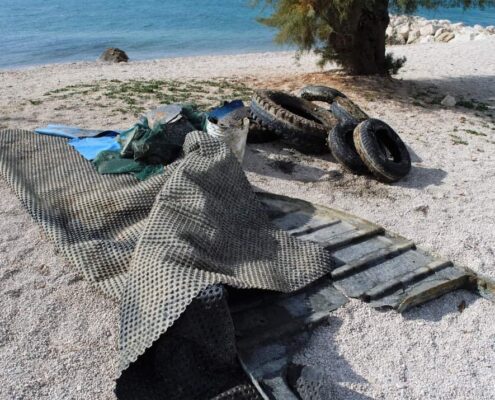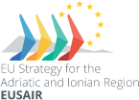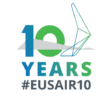Croatia Strengthens Its Role in Macro-Regional Development through Cooperation
As one of four EU member states engaged in this innovative regional cooperation among ten countries forming the area around Ionian and Adriatic Seas, Croatia places significant emphasis on dialogue and collaboration. Sitting at the same table with representatives from nine other nations is both challenging and rewarding, Croatian representatives highlight, emphasizing that much of the progress made in recent years would not have been possible without such an approach.
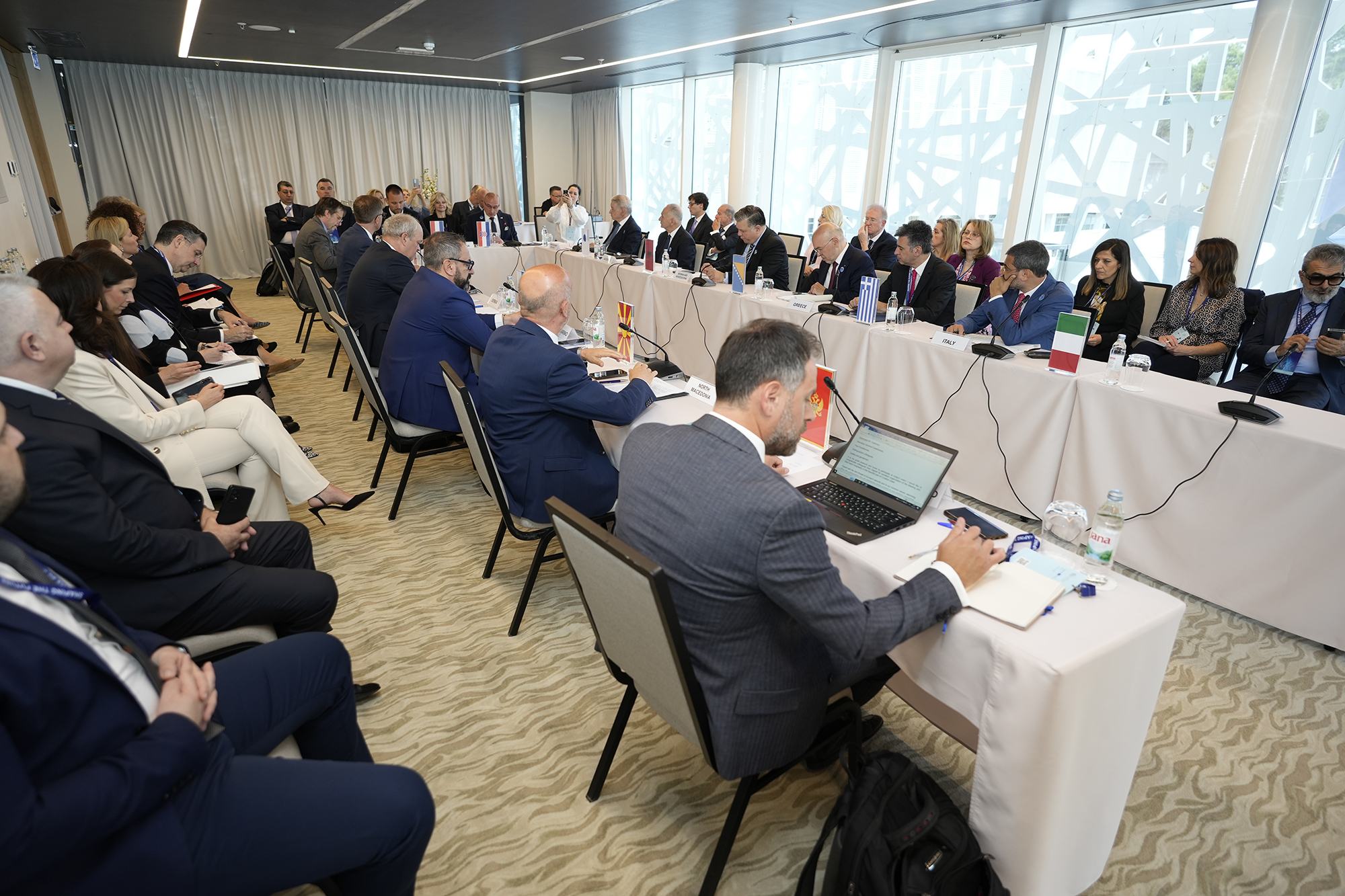
When discussing the benefits Croatia has gained from the Strategy, the conversation could go on indefinitely. Therefore, we asked Croatian representatives involved in the implementation of the EU Strategy for the Adriatic and Ionian Region to highlight specific examples from each thematic area.
Here’s what they emphasized:
Regional tourism cooperation – bringing together countries that, while competitors in tourism, aim to build a shared future.
Introduction of the fifth, social pillar focused on social issues, a crucial dimension Croatia strongly advocated during its 2023/2024 presidency.
Enhanced position in EU transport planning – strengthening Croatia’s role in the TEN-T network of European transport corridors through regionally developed documents.
Cross-border environmental protection projects – fostering sustainable management systems.
Youth inclusion was special priority for National Coordinator Lidija Pansegrau Hadrović, head of the Department for European Macro-Regions at the Ministry of Foreign and European Affairs.
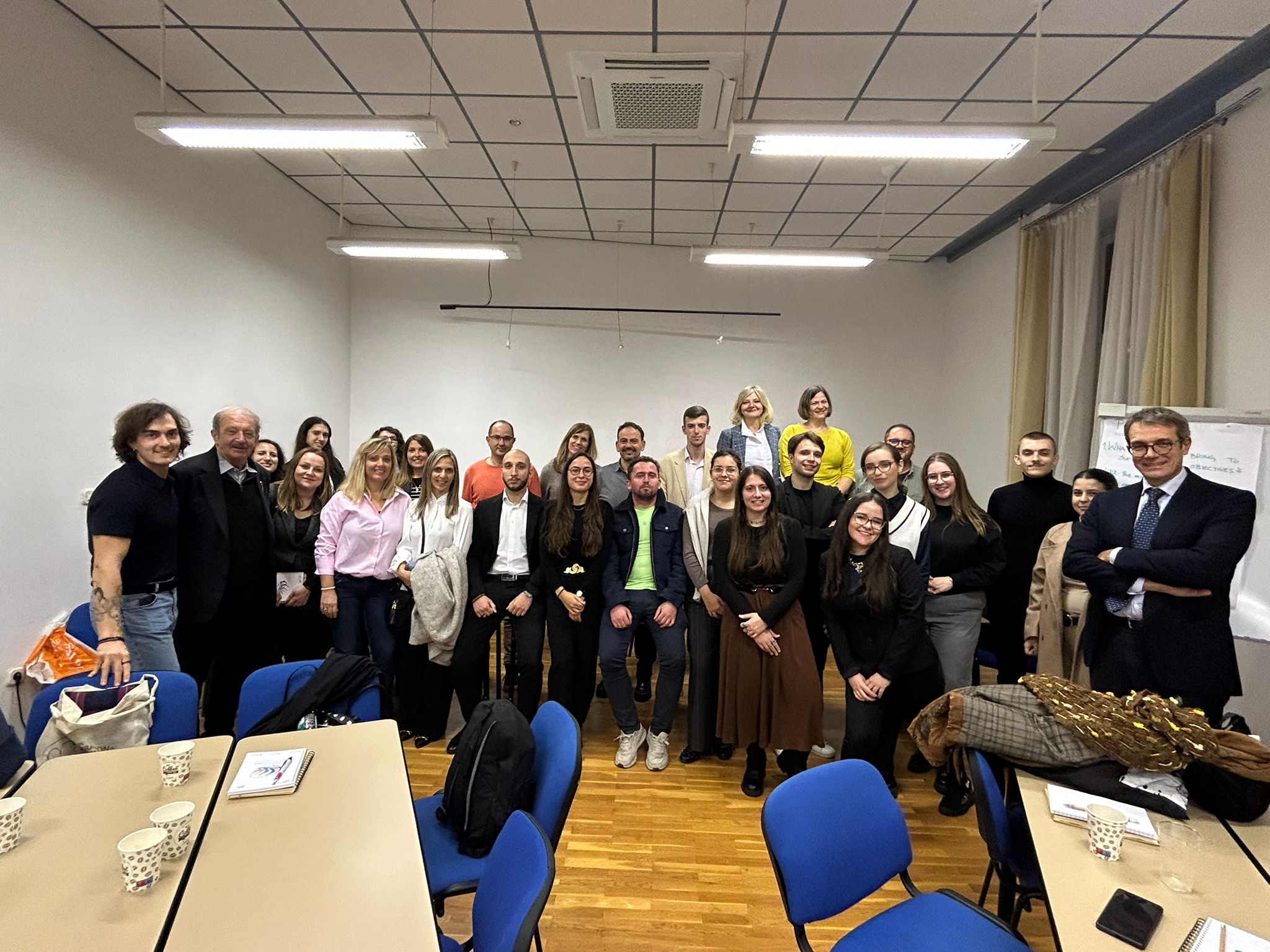
The Future of the Macro-Region Lies with the Youth
“The EUSAIR Youth Council is one of EUSAIRs most impactful achievements with long-term significance. Many young people in the Adriatic and Ionian region face similar challenges, including large-scale migration of their peers. Through cooperation, experience-sharing and our support, ambitious young individuals can contribute to effective solutions for their generation. Implementing these solutions at a regional level will amplify their impact,” says Pansegrau Hadrović.

In November 2024, Dubrovnik hosted the inaugural EUSAIR Youth Council meeting. Although youth participation is still in its early stages, Lidija’s optimism remains strong.
“It is essential to hear young voices and provide them with insight into international discussions and processes. Our region, shaped by diverse cultural influences, holds a wealth of historical wisdom that we must pass on to future generations for shared benefits,” she explains.
A Tourist Region in Need of More Sustainable Practices
Croatia, alongside Albania, co-coordinates the fourth Pillar on Sustainable Tourism, achieving notable progress, especially under European green and digital transition policies and the pressures of the pandemic. In recent years, Croatia has been included in an increasing number of Council of Europe cultural routes.
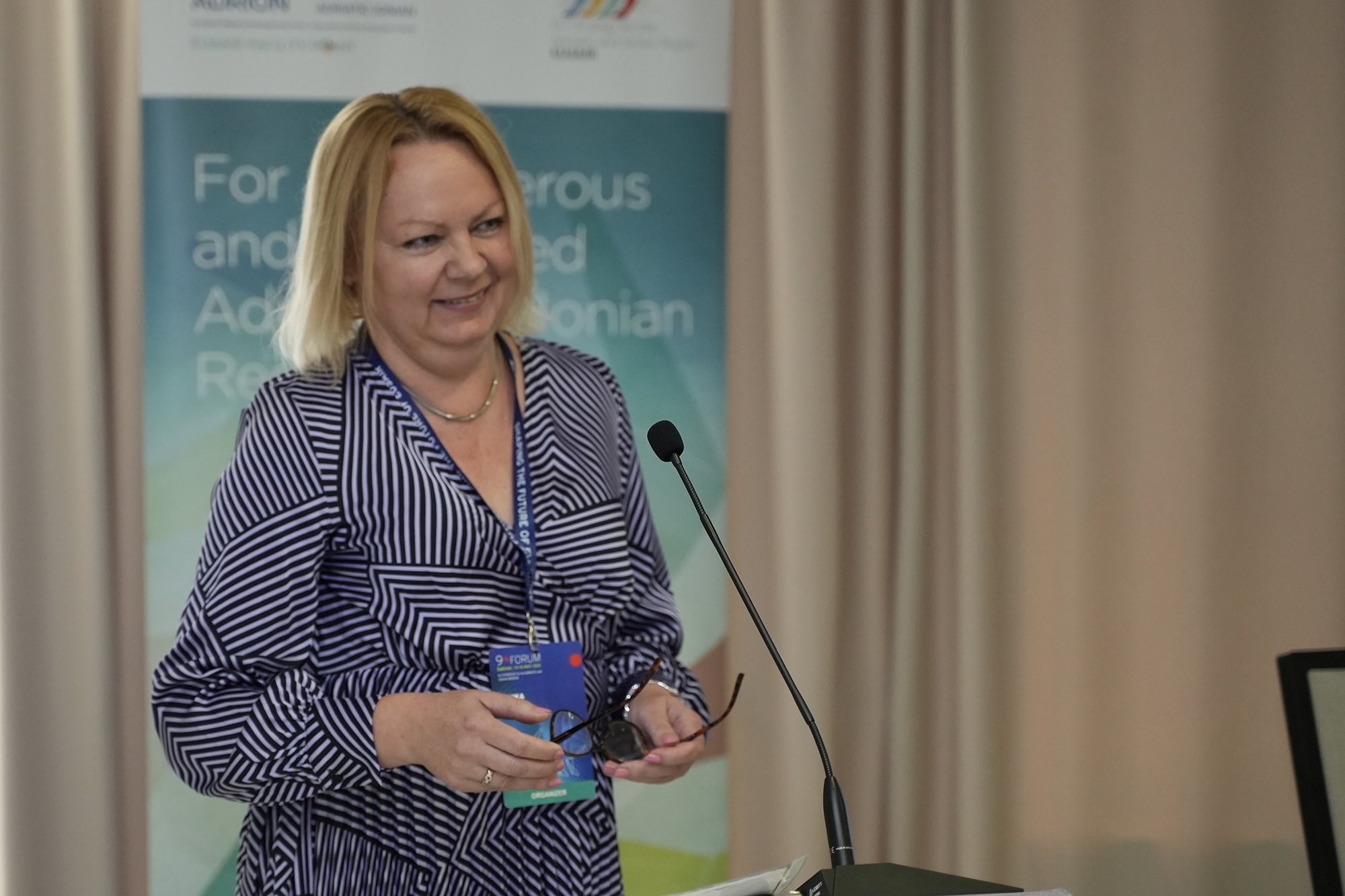
Senka Daniel, Croatia’s representative and coordinator of the Thematic Steering Group for Sustainable Tourism, Head of Department for European Affairs and Policies of the Ministry of Tourism and Sports, highlights the role of youth in collaboration with academia and experts.
“Our work has resulted in seven flagship projects addressing major regional tourism challenges. A key achievement is the development of practical educational manuals for aspiring tourism professionals. Croatian experts contributed to their creation, including the ‘Manual for participatory tourism connecting community and culture through storytelling‘ which integrates storytelling with cultural and community engagement. This guide is now a reference for adult education program Creative tourism and storytelling in the function of heritage valorization”, Senka explains.
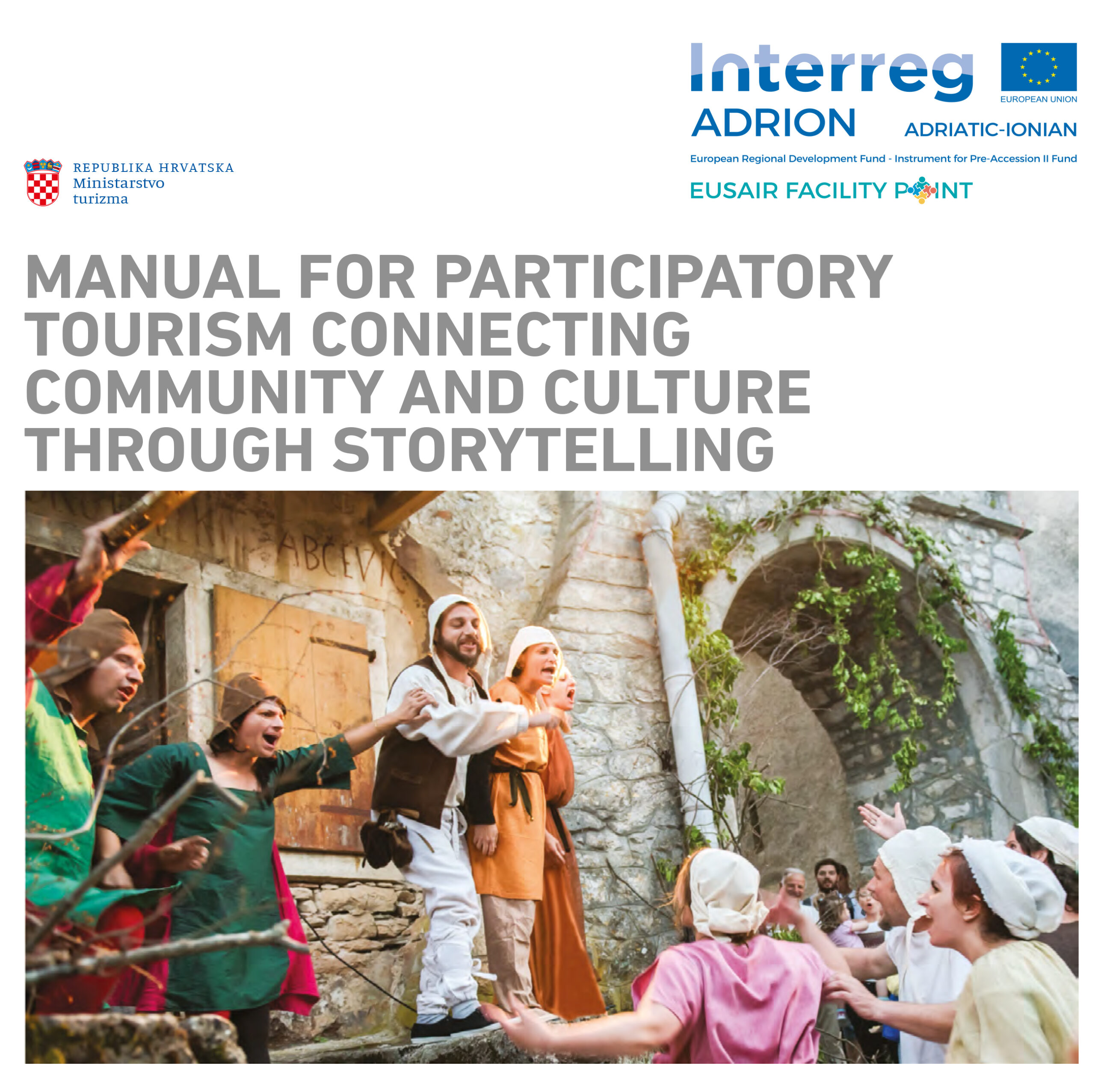
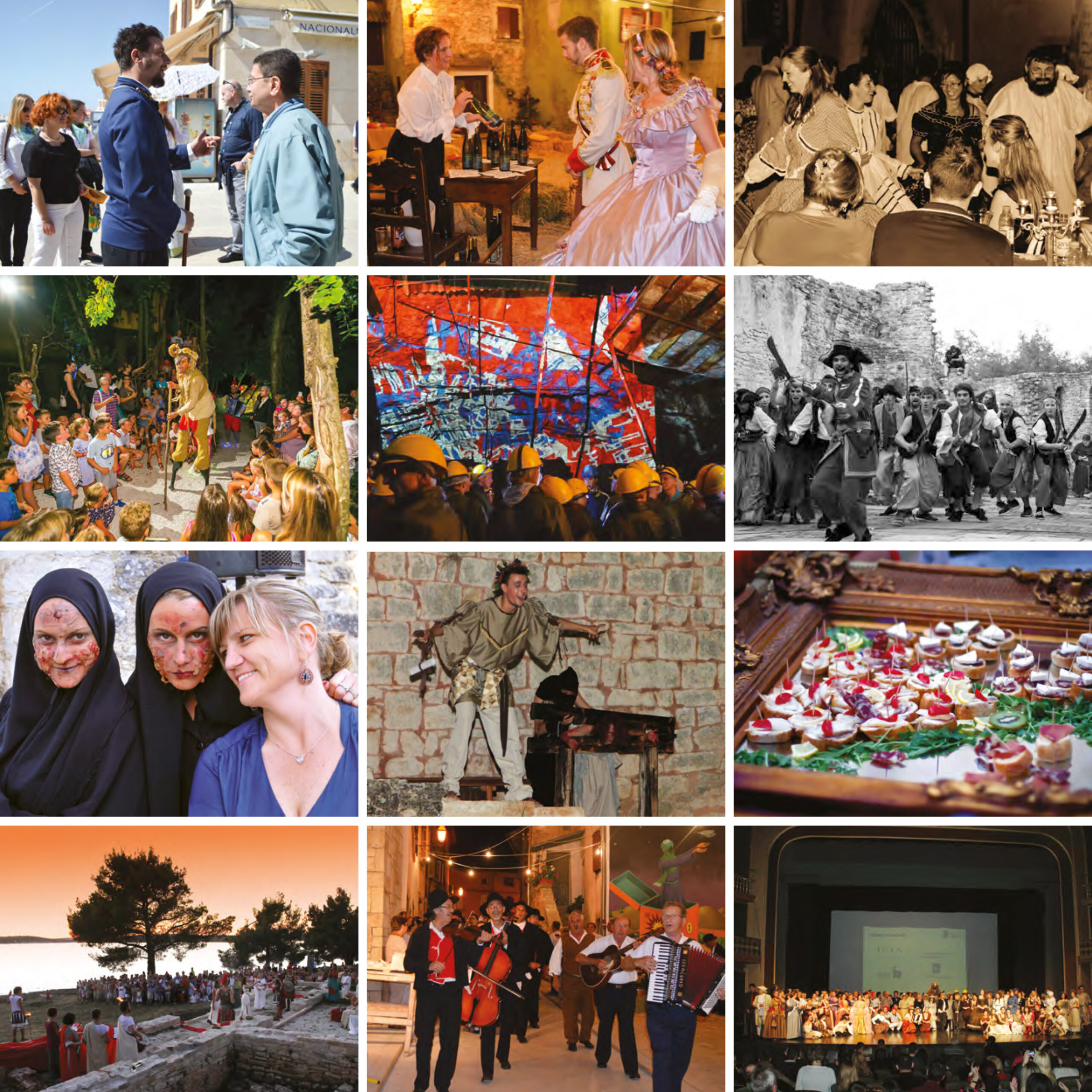
The pandemic prompted the biggest strategic shift in tourism. Local communities are resisting mass tourism, and authorities are imposing previously unthinkable visitor limits. Meanwhile, there is a push to attract high-value, long-haul travelers, necessitating a joint approach to destination management and shared interpretation efforts.
A More Connected and Inclusive Region
For Croatia, the fifth thematic Pillar Improved Social Cohesion, which Croatia co-coordinates along with Bosnia and Herzegovina, is a major achievement.
“Though in its infancy, the fifth Pillar’s introduction marks a milestone for Croatia. It aligns with the EU Cohesion Policy’s fourth objective, linking diverse strategic activities. We believe it will foster a more inclusive and equitable region. Our goal is to enhance youth participation in decision-making, support employment projects, skills development, social innovation, and promote dignified work and gender equality,” explains Martina Klapan Štambuk from the Ministry of Labor, Pension System, Family, and Social Policy.
Recent years have seen increased youth focus in both EU and Strategy policies. The fifth pillar is now initiating flagship projects, with EUSAIR Youth Council representatives actively engaged in thematic meetings.
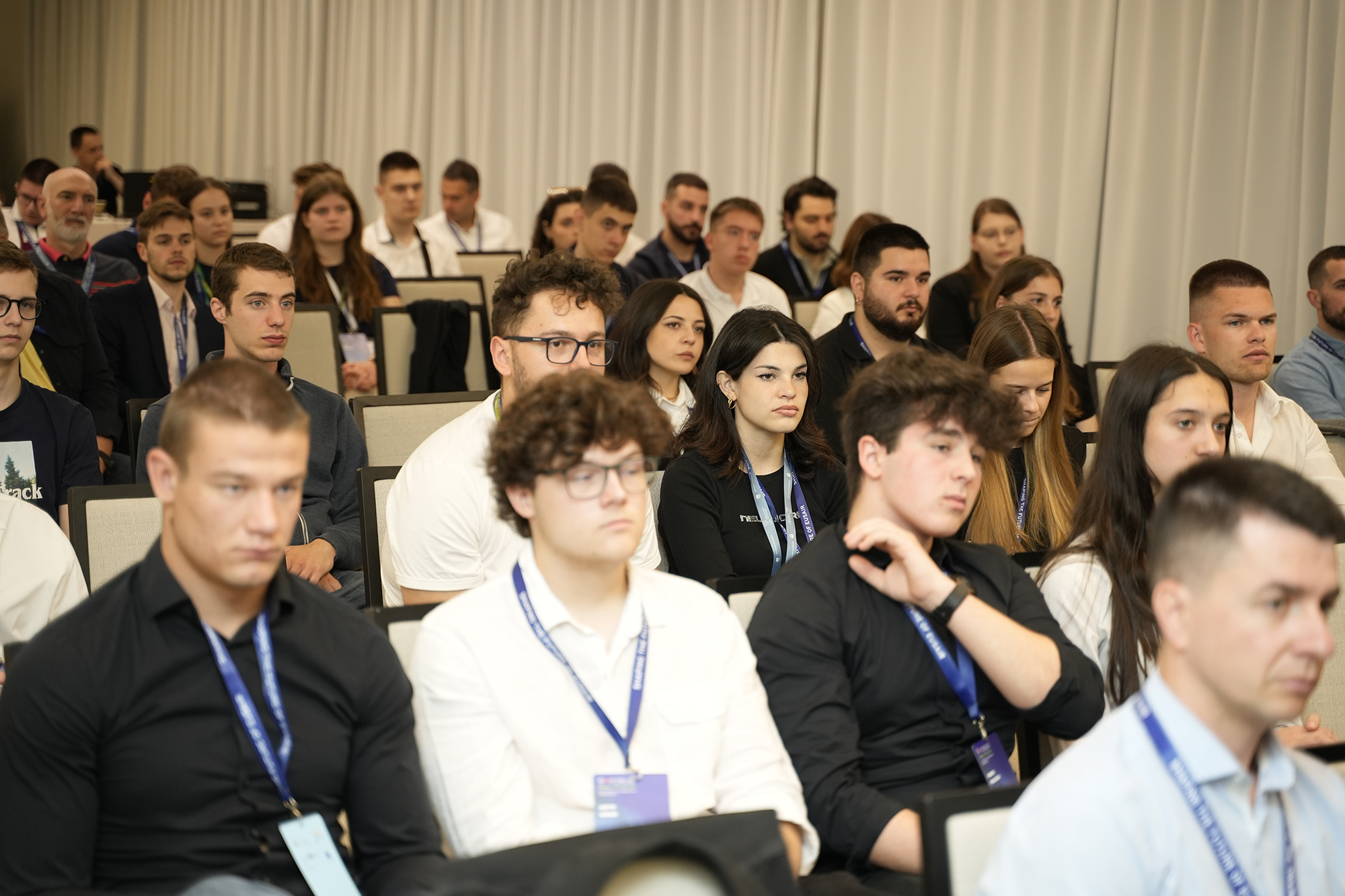
Strengthening Croatia’s Role in Transport and Energy
Originally part of two Trans-European Transport Network (TEN-T) corridors, Croatia has now secured inclusion in four, thanks in part to EUSAIR cooperation. This enhances connectivity, facilitates trade and tourism, attracts investment, and strengthens Croatia’s role as a key European transport hub.
“The EUSAIR Transport Masterplan identified regional transport system gaps, providing a strong foundation for Croatia’s case in the recent TEN-T Regulation revision, which enabled the addition of new corridors,” explains Ana Kliman, head of Strategic Planning at the Ministry of the Sea, Transport, and Infrastructure.
In the energy sector, Croatia anticipates positive outcomes from the Master Plan and Action Plan currently in development under the Strategy. Given the geopolitical shifts, the war in Ukraine, and changing power dynamics, coordinated regional energy planning is more critical than ever.
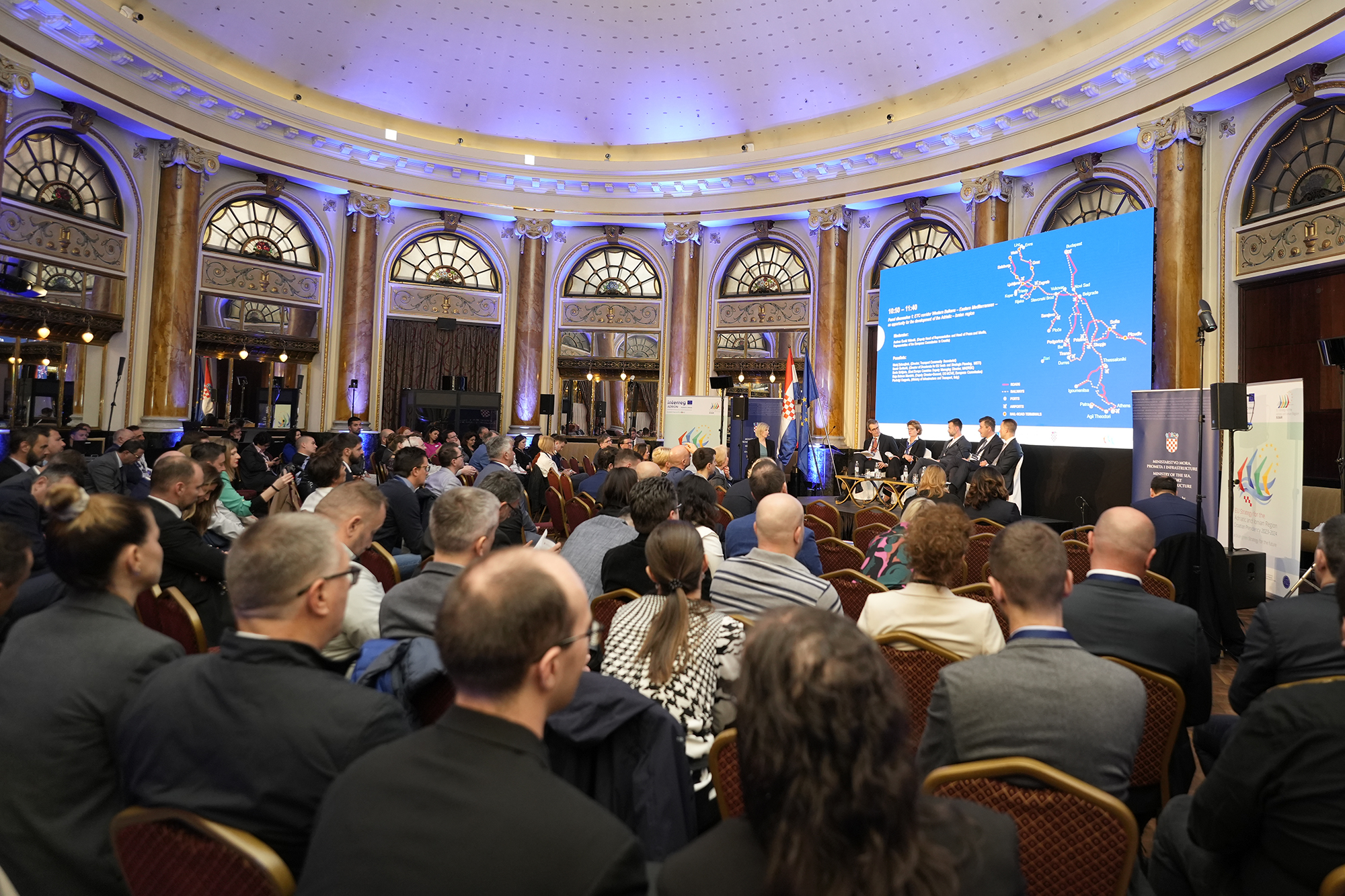
“The Sea Will Thank Us”
In the thematic areas of Environmental Quality and Blue Sustainable Economy, Croatia has championed international cooperation, joint planning, and coordinated governance to develop effective shared solutions.
A notable example is the RESISTANCE Project, which promotes maritime spatial planning awareness, funded through Interreg Italy-Croatia. It aligns with EUSAIR’s environmental goals and builds on previous projects addressing marine waste, microplastics, and posidonia seagrass degradation, like SOUNDSCAPE, ECOSS, ECOMAP, NET4MPLASTIC, DORY, ML-REPAIR, SASPAS.
The seabed of Podstrana have been cleaned of waste in collaboration with the Podstrana Diving Ecological Club. Educational programs have expanded knowledge about the culture of protection, preservation, and respect for underwater cultural heritage. As a result, an online Virtual Museum has been created, providing insight into the scope of the project.
Croatia highlighted these issues during its presidency, first in November 2023 at the Conference on Water and Marine Pollution from Plastics and Microplastics, and again in Spring 2024 at the Conference on Biodiversity Strategy Implementation in the Adriatic Sea.
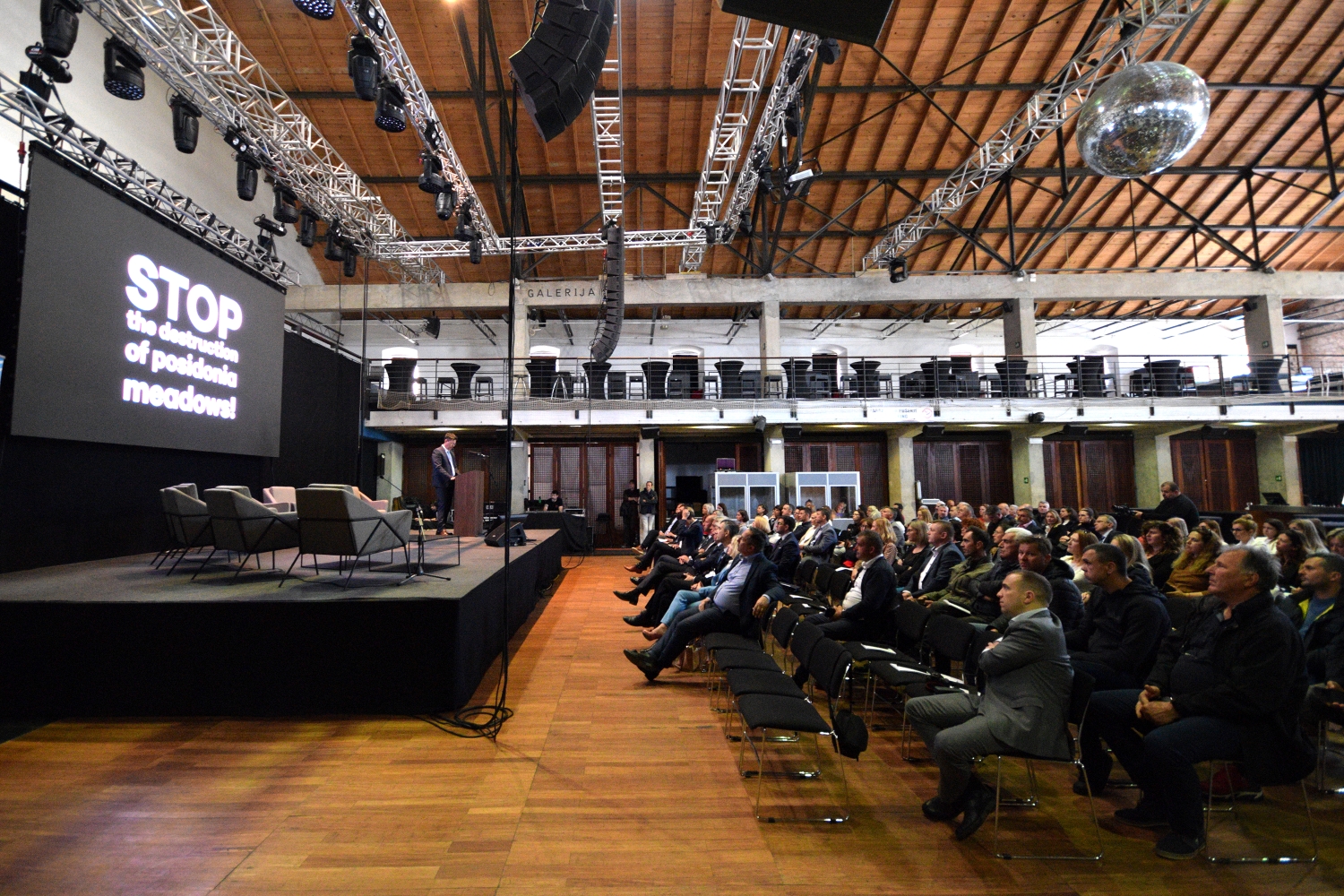
Additionally, Croatia has played a key role in Maritime Spatial Planning (MSP). In Zadar County, MSP provided the scientific basis for defining aquaculture zones within the County Spatial Plan. This balanced aquaculture and tourism interests, promoting sustainable coexistence between the two sectors.
To enhance Strategy management, Croatia initiated the SP4EUSAIR Strategic Project, one of three projects under the Better Cooperation Governance objective and collaborates closely with Serbia on its coordination. This demonstrates Croatia’s commitment to regional collaboration, preparation for future infrastructure projects, and a stronger role in EUSAIR implementation.
